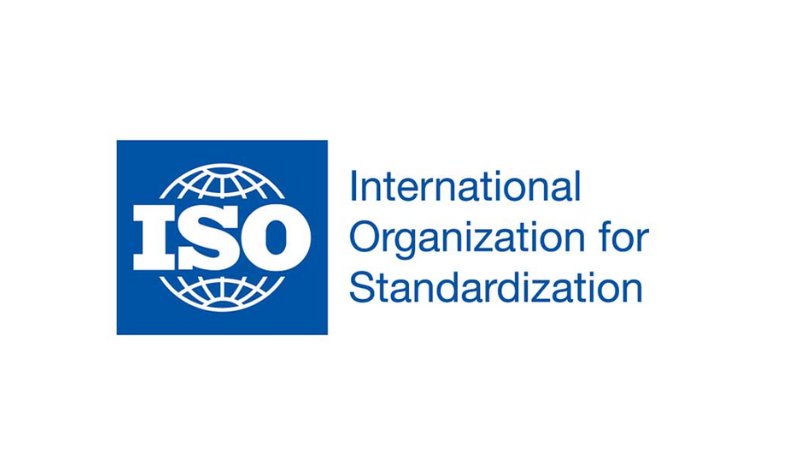ISO 22067-1 is published
.png?width=750)
Laurel Brunner discusses ISO 22067-1 which requires the communication of environmental aspects or printed products. Laurel shares how this standard is relevant for most print applications.
Following yet another tortuous and lengthy gestation period, the first part of ISO 22067 – Requirements for communication of environmental aspects of printed products, was finally published on the 4th October 2022. This first part of the series covers general printing requirements and is relevant for most print applications, apart from textile and ceramic printing. It is hoped that printing companies will find ISO 22067-1 a useful tool in their communications with customers, so that all parties can share a common set of criteria in their sustainability conversations.
ISO 22067-1 sets out what to communicate to share the environmental aspects of print products and processes so that there is consistency in these types of communication. Data collection requirements state that data on materials and consumables must be collected and reported, including for hazardous materials. The printing method must also be fully described and information related to emissions to air and water must be gathered too. Energy management, carbon dioxide emissions and waste are obviously key elements in the data collection process.
Users of the document are required to produce an environmental statement that sets out the specific environmental performance data for a given print application. This is necessary to support any claims about sustainability relating to the environmental aspects of a project. The reporting requirements are perhaps the most crucial part of this ISO standard, because the environmental statement will be the part of greatest relevance to stakeholders and supply chain participants. The underlying idea for the ISO 22067 series is to promote transparency in sustainability conversations, so that participants in print media supply chains can work from a common set of communications criteria.
The environmental statement must include such things as details of the printed products components; recommendations for the statement’s use; confirmation of its completeness; and that it complies with local regulatory requirements. The environmental statement must also cover details of any uncertainties and it must not include any unspecified or ambiguous claims
ISO 22067-1 is a useful guide for printing companies and print buyers alike, because it is essentially a list of what matters in communicating the things have could have an impact on the environment. At least two other parts in this series are planned, one of which is already in process. This part is aimed at textile printing and will cover the same sort of ground as 22067-1 but with specific details for the textile printing sector.
Source information: This article was produced by the Verdigris Project, an industry initiative intended to raise awareness of print’s positive environmental impact. This weekly commentary helps printing companies keep up to date with environmental standards, and how environmentally friendly business management can help improve their bottom lines. Verdigris is supported by the following companies: Agfa Graphics, EFI, Fespa, Fujifilm, HP, Kodak, Miraclon, RicohSplash PR, Unity Publishing and Xeikon.
Topics
Interested in joining our community?
Enquire today about joining your local FESPA Association or FESPA Direct
Recent news

The importance of ink for large format printers
Ink is crucial for large format inkjet printers, influencing substrate compatibility, productivity, and cost. Nessan Cleary discusses the three main types which include UV-curable ink, latex ink and eco-solvent ink. Each ink type has specific strengths and weaknesses, making printers choice dependent on budget and intended applications.

What are the benefits of Direct-To-Fabric printing?
Direct-to-fabric printing is gaining popularity for high-volume textile production, enabling on-demand, customized short runs. These printers offer ink flexibility, accommodating various fabric types like cotton and silk, though ink development focuses on faster turnaround by reducing pre- and post-processing. Compared to traditional methods, direct-to-fabric inkjet printing is a more sustainable option due to reduced water and chemical usage, and localized production.

What are the opportunities for large format providers regarding digital touch screens?
Digital touchscreens are becoming increasingly common, offering businesses opportunities to improve customer engagement and streamline operations. Nessan Cleary shares, while more expensive to implement than standard digital displays due to complex software and integration needs, touchscreens provide self-service options, multilingual support, and can reduce staffing costs in various settings like retail, transportation, and healthcare.
